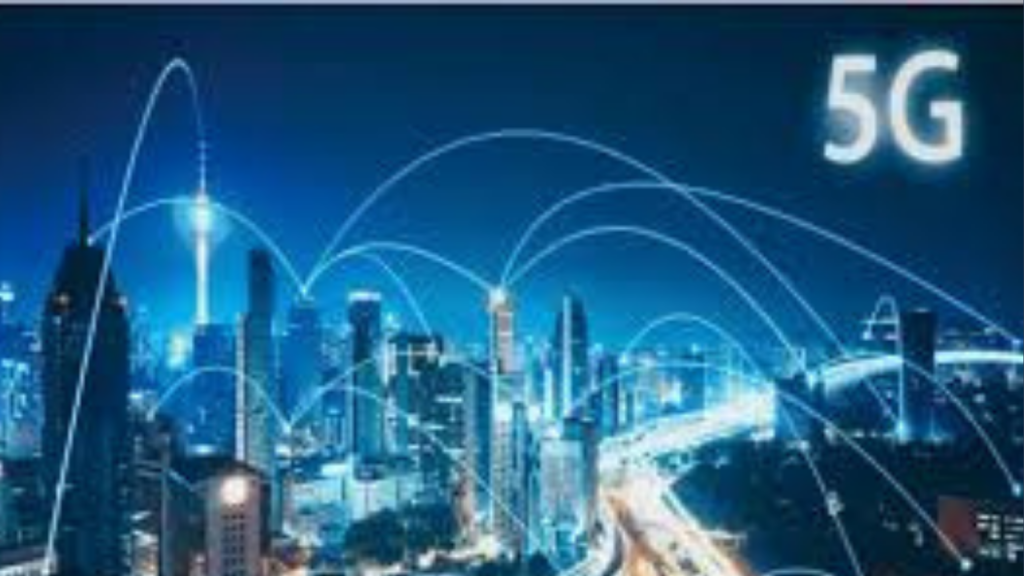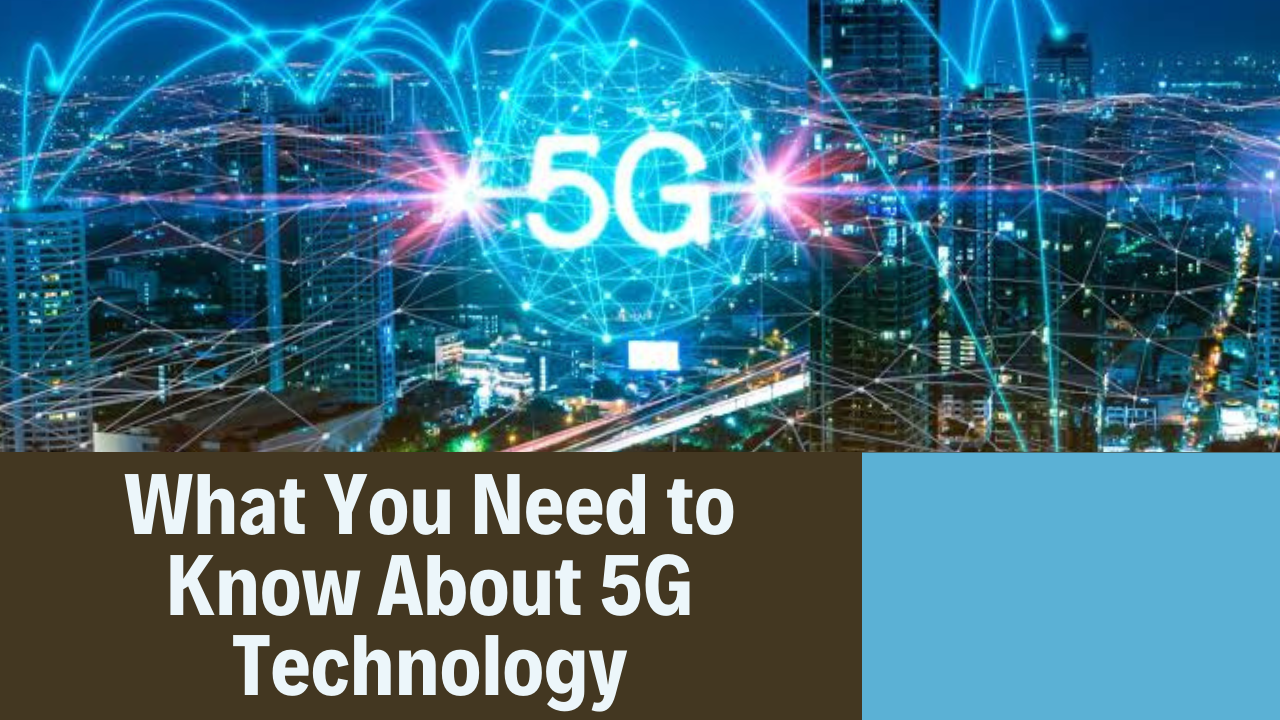Introduction
5G is the 5th generation of mobile broadband that is poised to revolutionize connectivity and mobility. This next-gen network provides incredibly fast speeds with very low latency and expands capacity to allow billions of devices to be connected simultaneously for a seamless experience. 5G utilizes higher frequency radio waves between 30GHz to 300GHz to transmit large amounts of data with ultra-reliability and very little delays. Experts predict that 5G will enable innovative technologies like autonomous vehicles, telemedicine, and smart cities by allowing near-instantaneous communication for time-sensitive applications.
Higher Speeds
One of the most important benefits of 5G is significantly faster data speeds compared to the previous generation 4G LTE networks. With download speeds theoretically reaching 10 Gbps, 5G is more than 100 times faster than what we typically experience on our 4G smartphones and devices today. This increase in speeds results in phenomenally short download times, a typical movie that takes 5 to 10 minutes on 4G could be downloaded in just a few seconds on a 5G network. These exceptional speeds are even more crucial for handling the sheer number of connected users and devices in crowded areas like sports arena or a busy commercial district where thousands may be accessing the network simultaneously from a single location.

Connecting More Devices
One of the most revolutionary aspects of 5G is its ability to support massive-scale device connectivity for the Internet of Things (IoT). From smart homes to self-driving vehicles, 5G will allow billions of connected devices to share data in real time. The increased bandwidth enables a smarter world where everything from appliances to infrastructure can be interconnected. On a 5G network, sensors can monitor pollution levels across cities, medical devices can relay patient health data, and assembly line robots can flawlessly coordinate to manufacture products.
With reduced interference and near-instant communication capabilities, 5G facilitates an IoT ecosystem of various devices seamlessly sharing information to improve efficiency and functionality. Even in densely packed locations like sports stadiums or shopping centers, 5G can maintain consistent connectivity for the influx of devices without network congestion issues. This sets up 5G to be an integral technology as IoT expands.
Shorter Delays
In addition to delivering supercharged speeds, 5G provides exceedingly low latency that nearly eliminates network delays. Latency refers to any kind of processing lag or buffering when transferring data over connections. On 4G networks, latency issues may only account for a few seconds of delay but can disrupt the performance of online games, voice calls, video conferences, and other applications. 5G reduces latency down to 1 millisecond which allows instantaneous feedback between a user command and device reaction. This real-time control enables cutting-edge innovations such as remote robotic surgery, autonomous driving, and dynamic virtual reality experiences that require seamless command and communication.
Widespread Coverage
A key limitation of previous cellular networks has been covering large geographic areas due to interference from obstructions like buildings and trees. 5G utilizes higher frequency radio waves featuring advanced beamforming and full duplex communication allowing signals to reliably traverse obstacles and scatter around hard-to-reach areas. This expanded coverage includes rural towns and remote areas that previously had limited connectivity.
Widespread coverage also facilitates mobile applications such as self-driving vehicles which require constant access to fast, reliable data across location changes. While early stage 5G deployment is concentrated in metro areas, the intention is to greatly expand coverage to create a ubiquitous mobile internet infrastructure for smart devices and applications requiring persistent access.
New Experiences
With its immense speeds, reduced delays, and expanded coverage, 5G unlocks new possibilities for advanced digital experiences. For example, augmented reality layers computer-generated enhancements over the real-world environment in real time. This requires very fast refreshing of data to match environmental conditions. 5G’s high bandwidth and quick speeds will allow augmented reality to seamlessly overlay incredibly detailed and life-like visuals for new ways of interaction. Similar requirements with virtual reality to render complex 360 environments in milliseconds also benefit greatly.
Business Innovations
5G has the potential to revolutionize industries and business operations. Within factories and warehouses, wireless 5G sensors can precisely track inventory and machinery performance to optimize workflow. Consumer retail spaces can transform into intelligent environments with connected shelving and shopping carts. On farms, self-driving tractors access crop data to automate and adjust planting in real time. Nearly every enterprise stands to become smarter, faster, and more efficient with the flexibility of mobility, broad connectivity scale, and real-time command/control that 5G delivers.
Healthcare Advances
5G stands to make a substantial impact within healthcare from both a patient treatment and data analytics perspective. Doctors can remotely monitor individuals using connected health devices and sensors that relay information over 5G’s high-speed, low-latency network. This also drastically improves accessibility to medical expertise from anywhere. Emergency responders can use 5G to send scan/test results instantly to hospitals while in transit for quicker diagnosis and treatment planning. Remote-controlled robotic surgery also becomes viable over 5G networks.










